I am trying to list all DEPARTMENT_IDs with PRODUCT_IDs, first where PRODUCT_COST_STATUS = 1 but there are also data with where PRODUCT_COST_STATUS = 0. I prefer to list first "1"s and if not then "0"s with the latest date (this is another case for future) ... The code I wrote should give the expected result but it takes a lot of time to run query. I don't to want to list duplicate DEPARTMENT_ID.
Is there any way around ?
Thanks
SELECT PRODUCT_ID
,PRODUCT_COST_STATUS
,DEPARTMENT_ID FROM [PRODUCT_COST] PC
WHERE PRODUCT_COST_STATUS = 1
OR PRODUCT_ID NOT IN (SELECT PRODUCT_ID
FROM
[PRODUCT_COST]
where PRODUCT_COST_STATUS = 0
GROUP BY PRODUCT_ID,
PRODUCT_COST_STATUS,
DEPARTMENT_ID) GROUP BY PRODUCT_ID,
PRODUCT_COST_STATUS,
DEPARTMENT_ID
ORDER BY PRODUCT_ID,
DEPARTMENT_ID
